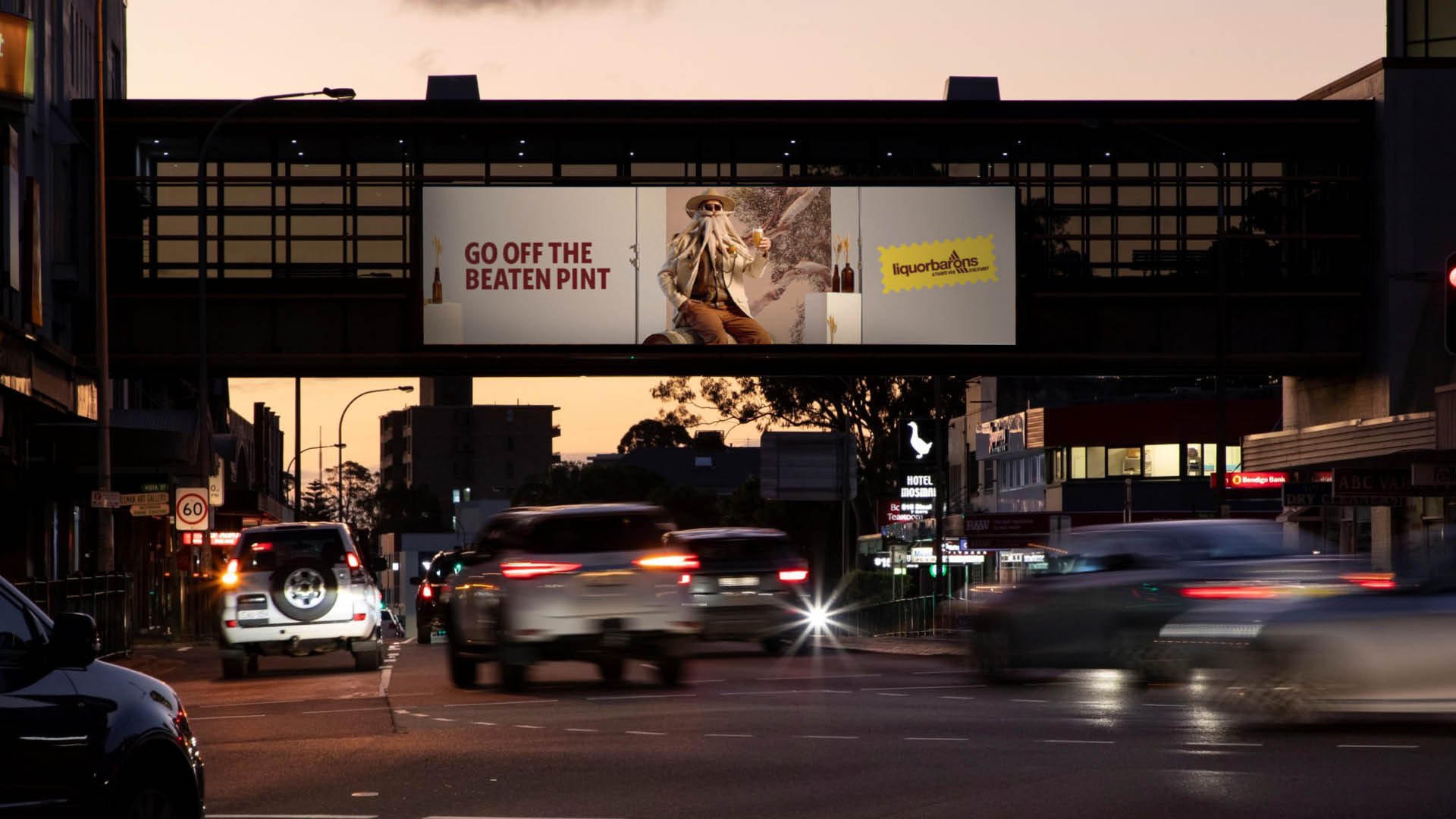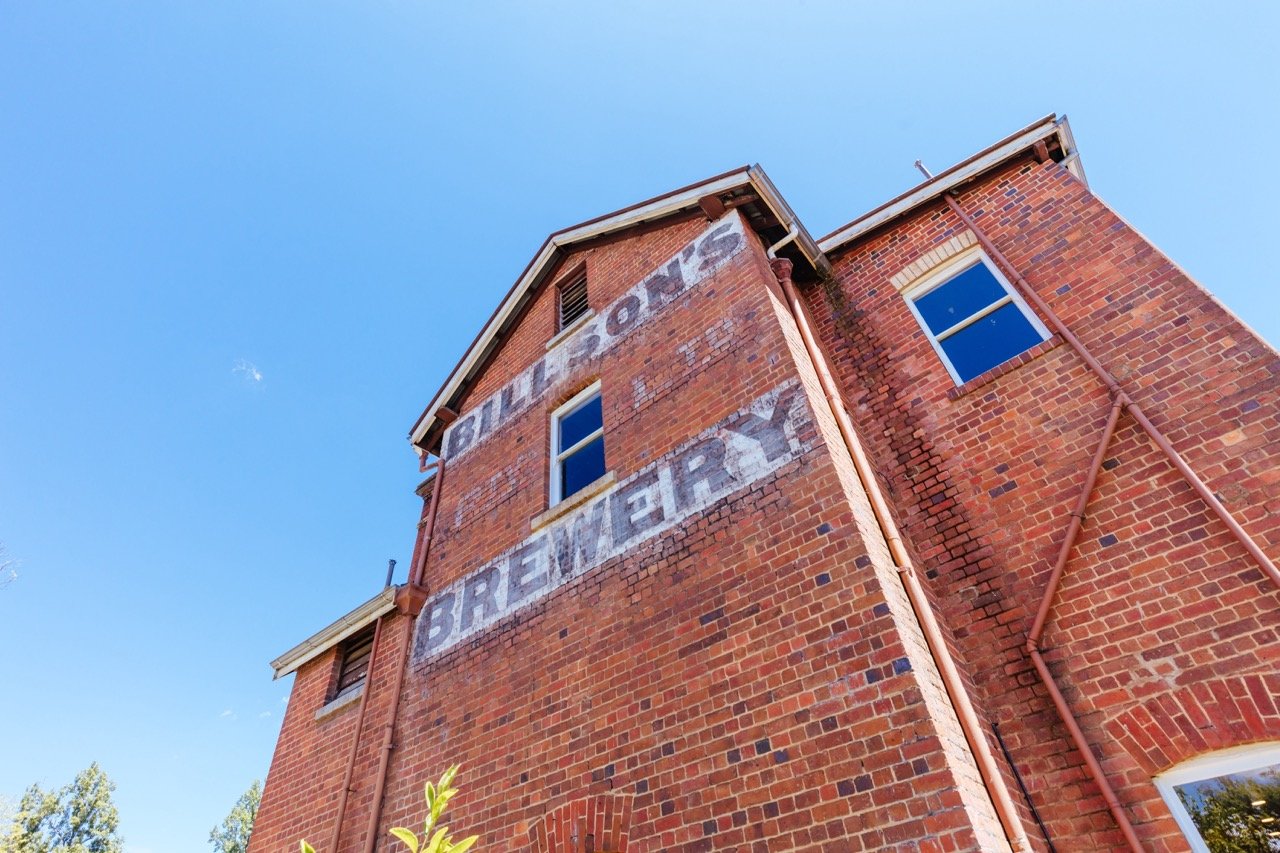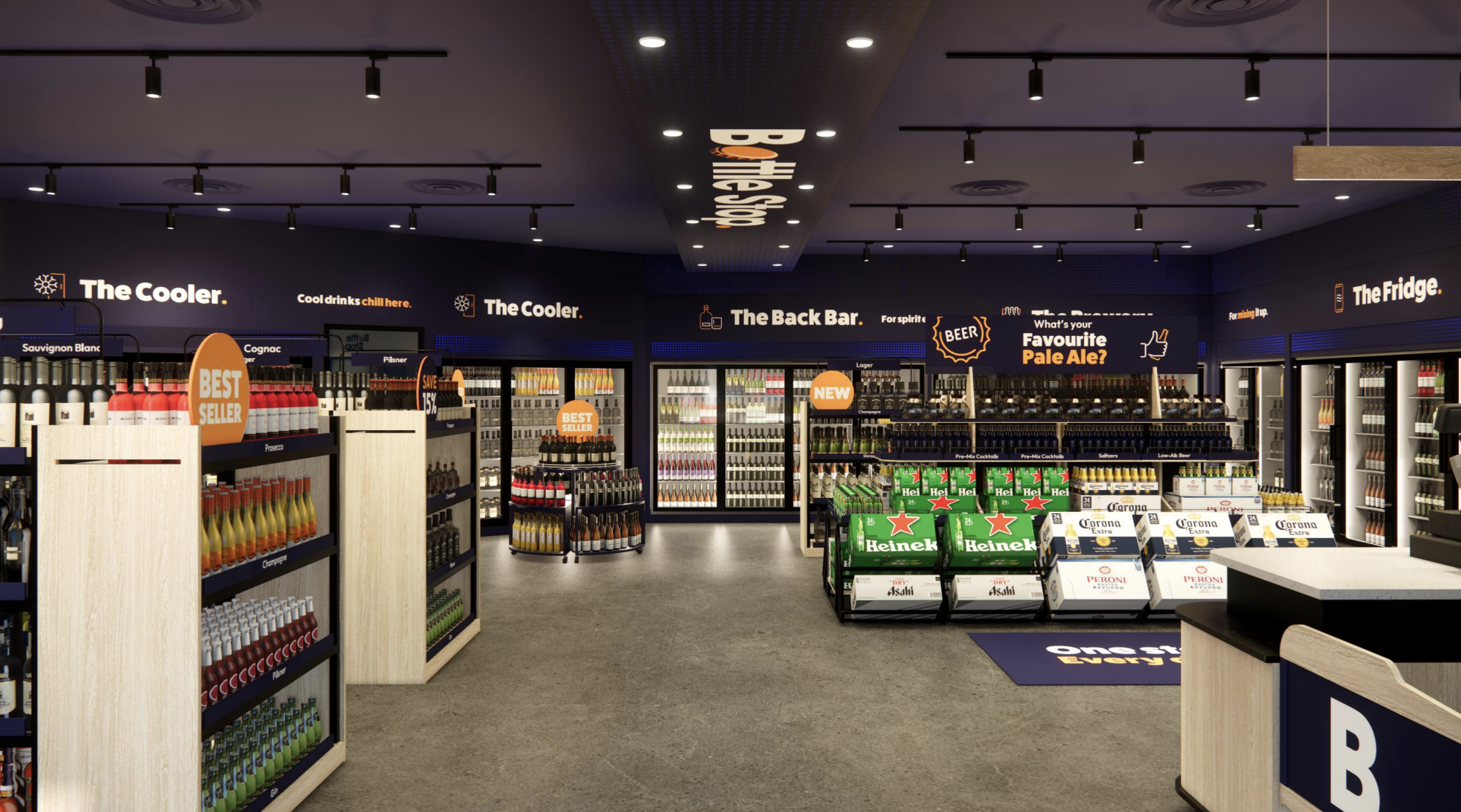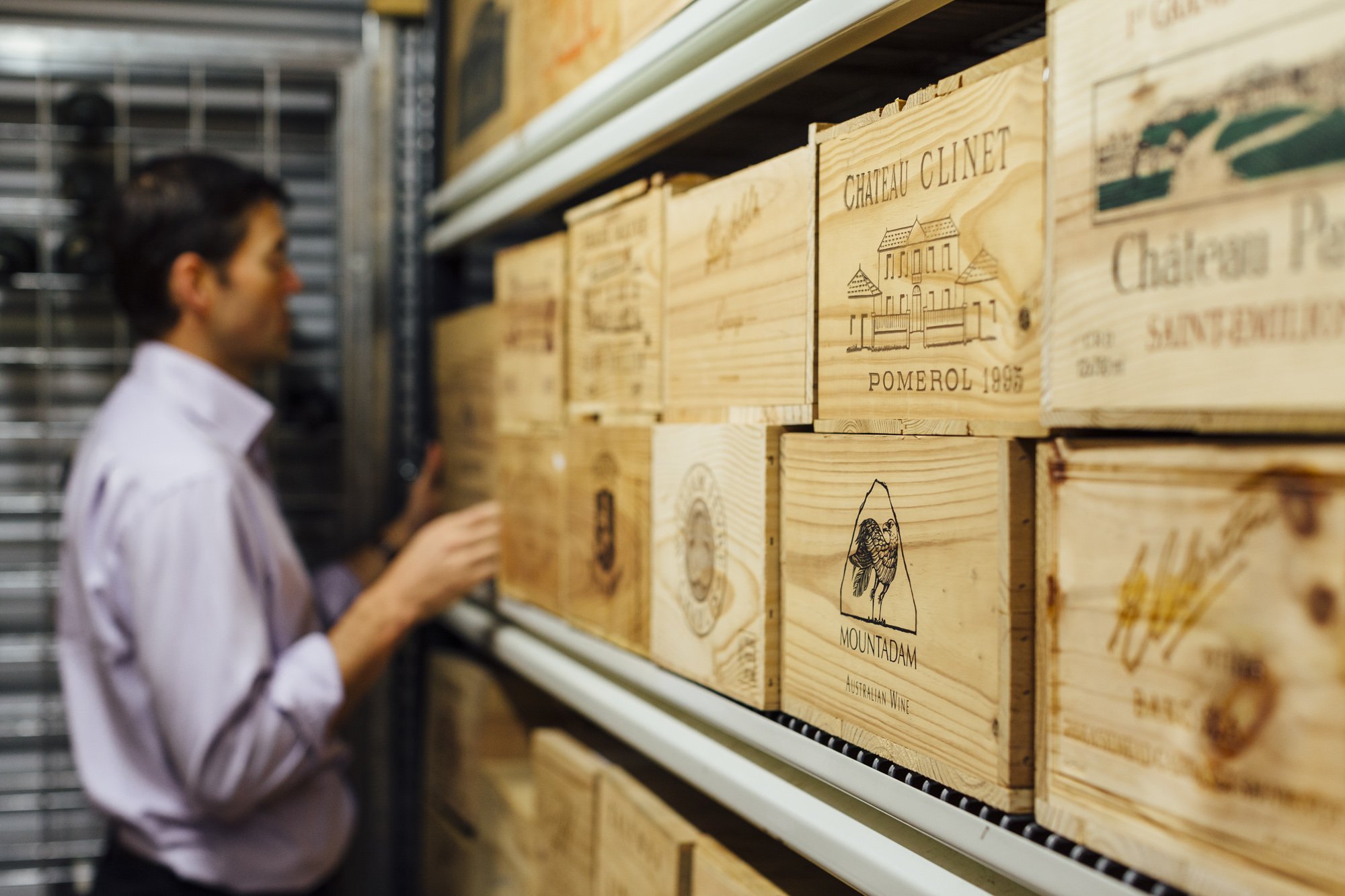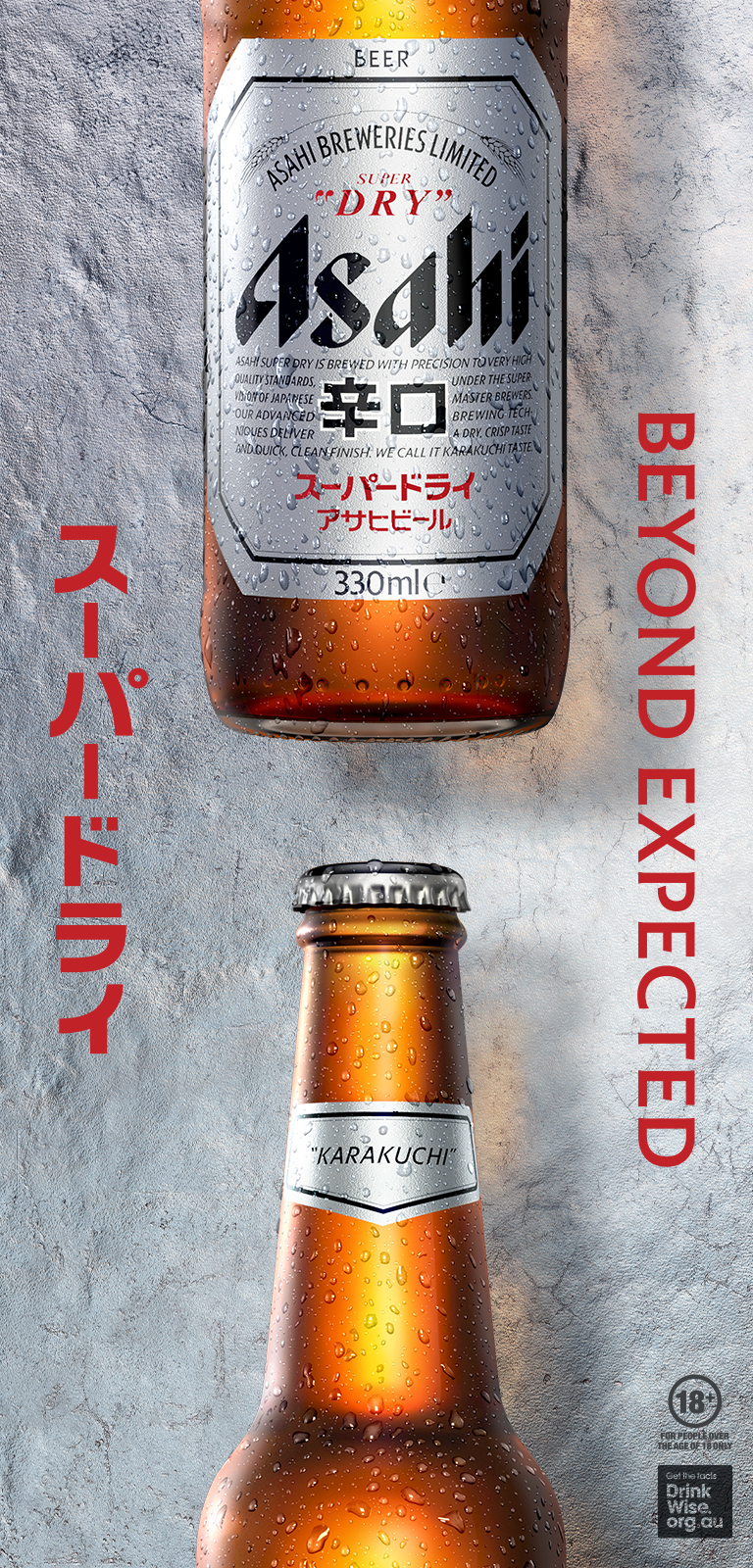When it comes to the future of liquor retailing, it’s digitally adapt or die.
Over the past twelve months, the retail liquor sector has experienced a massive surge in digital e-commerce activation.
The pandemic has completely reshaped consumer buying behaviour. Consumers have seen the light and the convenience of ordering drinks online and getting them delivered to their door.
An industry survey from Euromonitor International revealed in November 2020, 72% of retail professionals said the pandemic accelerated digitalisation plans by at least one or two years, with 21% saying it fast-forwarded plans by at least three years.
Drink Trade Autumn print edition out later this month includes reports from industry leaders who echo this sentiment.
Jeff McKenzie, commercial director, Pernod Ricard Australia, says, ‘Changing consumer behaviours forced us all to rethink our approach. One of the most impressive shifts has been the rapid evolution of digital and e-commerce platforms – projects planned for one to two years down the track suddenly became a priority and were delivered within months.”
IWSR drinks analysis reported in 2019, e-commerce was a clear and significant growth channel for alcoholic drinks. In 2019, the eCommerce channel in the ten core markets Australia, Brazil, China, France, Germany, Italy, Japan, Spain, UK and the USA) analysed by the IWSR was estimated to be valued at almost US$21bn, twice the size of the global travel retail channel. By 2024, IWSR forecasts that this channel will be worth US$45.5bn.
In these same core markets, alcohol drinks sales online are growing at 15 per cent per year versus total trade growth of 1 per cent per year over the next five years.
By 2025, Euromonitor forecasts that online sales will account for 21% of total retail spend.
But it is not a pattern we haven't seen before. When China was in the midst of the SARS crisis in 2003, the world’s largest online retailer, Alibaba, launched. Due to self-imposed quarantine, millions of Chinese consumers ordered everything through the internet leading to a vast and lasting shift in Chinese buying behaviour.
After falling behind other countries in adopting online liquor sales, the US is now expected to overtake China as the largest alcohol e-commerce market in the world by the end of 2021, according to IWSR.
Bloomberg Business reported US online retail business Drizly expects the online share of the $120 billion US market for alcohol will grow to 20 per cent within five years from five.
Drizly CEO Cory Rellas told Bloomberg Business, “There’s nothing holding us back now. We know what he interaction of technology and regulation looks like for this industry. Figuring that out was the hardest part.”
Wine Intelligence has recently released a report on Global Wine E-commerce and takes an in-depth look into the online buying behaviour of today's consumer, including demographics and the use of social media as a purchasing platform.
It addresses the habits of online shoppers from 11 wine consuming markets spanning the large and growing e-commerce markets of the US and China, and also the smaller but fast-expanding online wine markets in places such as Canada, Germany and Mexico.
The report reveals a massive surge in online wine purchasing over the past 12 months. It also shows post-Covid online wine buyers tend to be younger, high spending and interested in discovery and a good deal while revealing consumer motivation for online liquor shopping is mainly driven by convenience.
Wine Intelligence research analyst Richard Halstead says, “For the moment, there are a large number of consumers who are using the internet to buy wine, and they appear to be happy doing so – a remarkable silver lining to the disruption of the Covid era. The global wine business has an unprecedented opportunity in 2021 to build a stronger relationship with its consumers on the back of this relative good fortune – and possibly cultivate more engaged wine drinkers as a result.”
In the domestic market, chief executive officer of Woolworths, Brad Banducci, told the Australian Financial Review the digital momentum was a good reason to be upbeat. He says digital visits will outnumber store visits creating challenges and opportunities. He says for every 100 visits in a physical store, there are 65 visits to Woolies’ digital channels. In total, the December quarter had 12.4 million visits across the web and app.
Banducci says the opportunity lies in e-commerce speed, focusing on same-day order fulfilment and that Woolworths’ drinks businesses, including BWS and Dan Murphy’s, have been leading the charge.
Share the content


